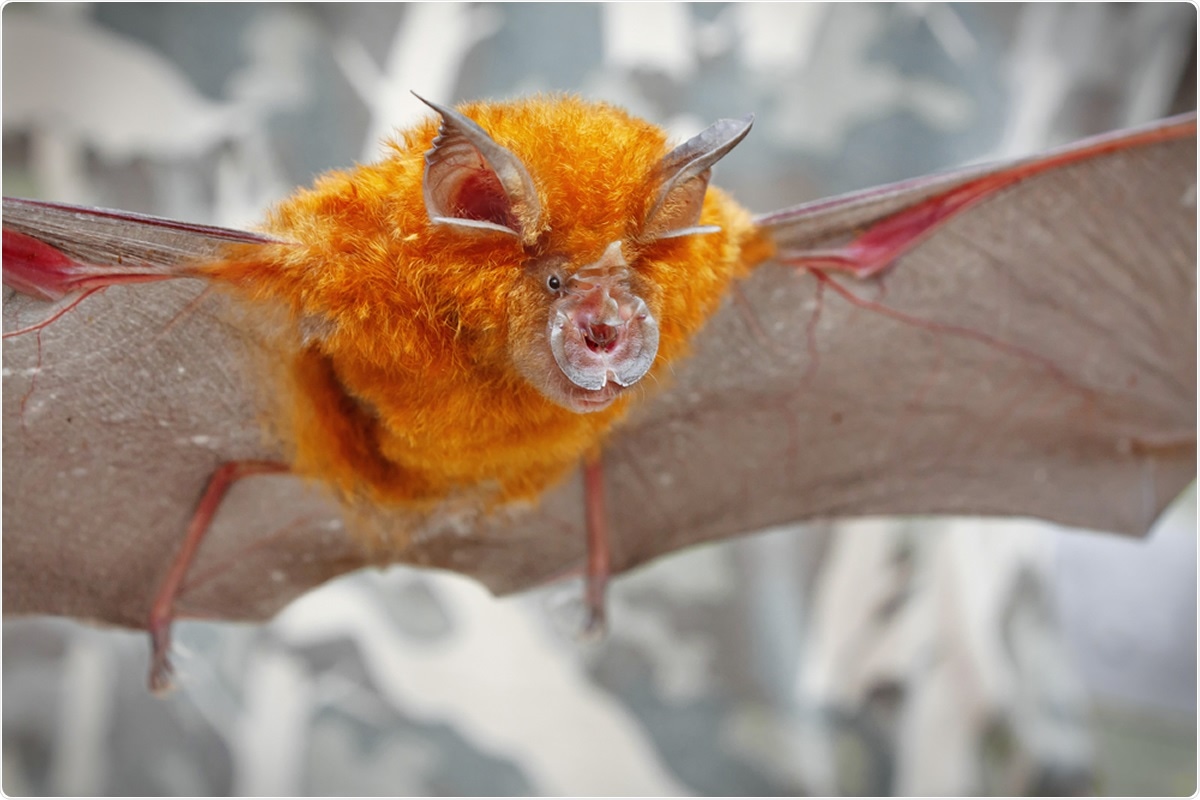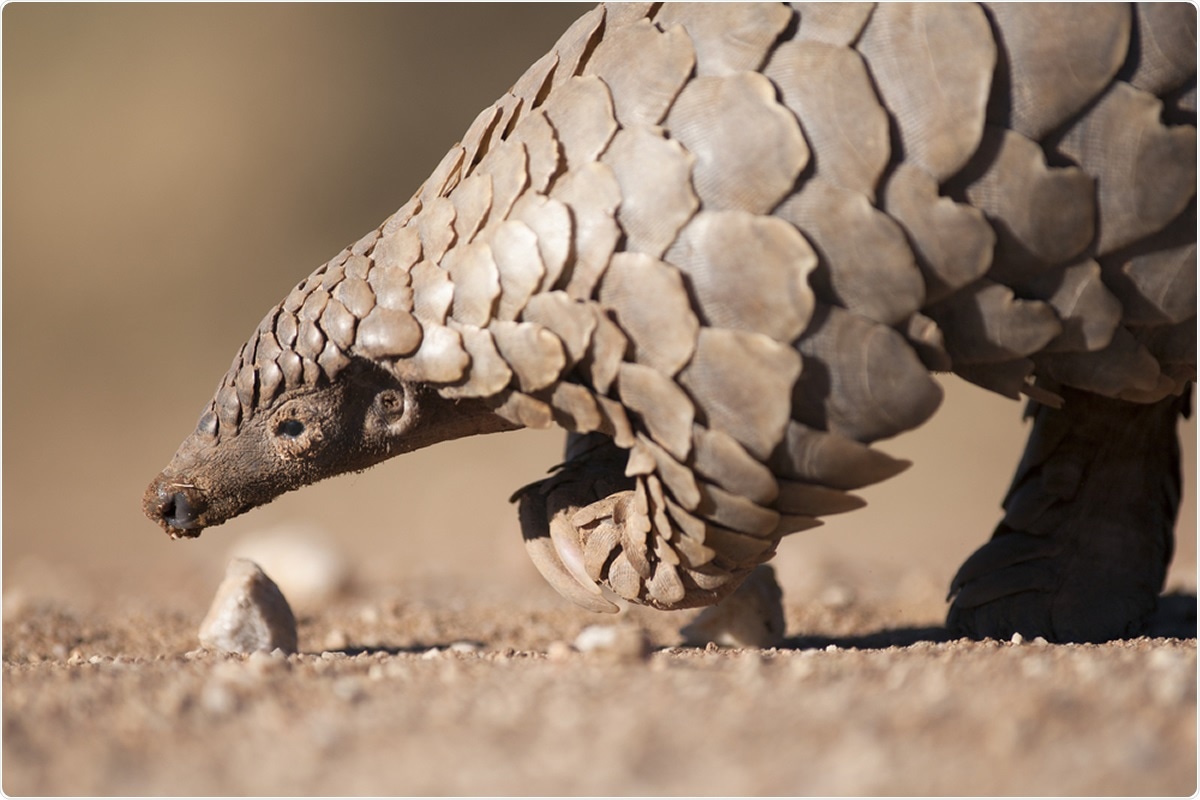Coronaviruses are zoonotic viruses that jump from animals to humans and cause infection. There are many types of common human coronaviruses, which usually cause mild to moderate upper-respiratory tract illnesses, like the common cold. Most people get infected with one or more of coronavirus types 229E, NL63, OC43, and HKU1 at some point in their lives.
However, the current coronavirus pandemic, caused by the novel SARS-CoV-2, may have close relatives that have not yet been discovered, hinting that the current pandemic may not be the last one to wreak havoc around the world, a new study has found.
.jpg)
Novel Coronavirus SARS-CoV-2 This scanning electron microscope image shows SARS-CoV-2 (round magenta objects) emerging from the surface of cells cultured in the lab. SARS-CoV-2, also known as 2019-nCoV, is the virus that causes COVID-19. The virus shown was isolated from a patient in the U.S. Image captured and colorized at NIAID's Rocky Mountain Laboratories (RML) in Hamilton, Montana. Credit: NIAID
Lineage present for decades
A team of researchers at the Center for Infectious Disease Dynamics, Department of Biology, Pennsylvania State University, Department of Microbiology, Immunology, and Transplantation, KU Leuven, Rega Institute, Leuven, Belgium, and the Department of Biological Sciences, Xi'an Jiaotong-Liverpool University, Suzhou, China, has revealed that the current coronavirus strain called SARS-CoV-2, has diverged genetically from other known viruses that circulated in bats about 40 to 70 years ago.
The scientists have found that the lineage that gave rise to the novel coronavirus has been in bats for decades, and likely includes other viruses that can jump to humans and cause infection. The study shows that stopping the lineage may help prevent future pandemics, which can affect millions of people.
The current pandemic has now spread to 188 countries and territories, infection more than 16.95 million, and has killed at least 665,000 people.
"Coronaviruses have genetic material that is highly recombinant, meaning different regions of the virus's genome can be derived from multiple sources. This has made it difficult to reconstruct SARS-CoV-2's origins," Maciej Boni, associate professor of biology, Penn State, said in a statement.
"You have to identify all the regions that have been recombining and trace their histories. To do that, we put together a diverse team with expertise in recombination, phylogenetic dating, virus sampling, and molecular and viral evolution," Boni added.
The study results
To arrive at the study findings, the researchers utilized three bioinformatic approaches to detect and remove the recombinant regions within the genome of SARS-CoV-2. They also reconstructed phylogenetic histories for non-recombinant regions and compared them to each other. From there, the team reconstructed the evolutionary events in the past tied to the coronaviruses.
Published in the journal Nature Microbiology, the study sheds light on how the lineage of viruses, where SARS-CoV-2 emerged from, diverged from other bat viruses many decades ago. Also, the team found that even though SARS-CoV-2 is genetically akin to the RaTG13 coronavirus, which was obtained from a Rhinolophus affinis horseshoe bat in 2013 in China, it had actually diverged from RaTG13 in 1969.

Intermediate Horseshoe Bat (Rhinolophus affinis). Image Credit: Binturong-tonoscarpe / Shutterstock
Further, the team unveiled that one of the older characteristics of SARS-CoV-2 that is similar to its relatives is the receptor-binding domain (RBD), which is found on the Spike protein. This domain makes it possible for the virus to find and bind to receptors on the human cells. The researchers believe that the train the novel coronavirus shares with its relatives makes it possible for other coronaviruses to cause a similar outbreak or pandemic in the future.
"The existing diversity and dynamic process of recombination amongst lineages in the bat reservoir demonstrate how difficult it will be to identify viruses with potential to cause major human outbreaks before they emerge," the team wrote in the paper.
"This underscores the need for a global network of real-time human disease surveillance systems, such as that which identified the unusual cluster of pneumonia in Wuhan in December 2019, with the capacity to rapidly deploy genomic tools and functional studies for pathogen identification and characterization," they added.
Where did COVID-19 come from?
The coronavirus disease first emerged in Wuhan City, in China in December 2019. Reports show that Patient Zero was infected in Wuhan in October or November 2019. Still, it was not until December 31 that the Wuhan Municipal Health Commission issued a health warning that a cluster of pneumonia-like illness as been reported.
The first reports have linked the viral infection to an unidentified infected animal sold in the Wuhan wet market, which has been said to sell wild animals. As the outbreak worsened, reports emerged that the virus was man-made or caused by a leak from a laboratory. However, there is no definitive answer to where the virus came from, although the widely accepted scientific consensus is it originated in bats and possibly involved the Pangolin as a vector.

Pangolin foraging for ants. Image Credit: 2630ben / Shutterstock
Memory T cells provide promise
In another new study, researchers show that memory T cells may protect some people infected with COVID-19 by remembering past human coronavirus infections. The National Institute of Allergy and Infectious Diseases (NIAID) said it might explain why some people may recover faster and develop only mild symptoms compared to those who fall severely ill.
Published in the journal Nature, the study has found that patients who had SARS in the 2003 outbreak had long-lasting memory T cells. Also, SARS-CoV-2 memory T cells were found in people with no history of SARS or COVID-19, or contact with other patients.
The results of the study are important for the ongoing battle with the coronavirus pandemic. T cells are essential weapons of the immune system against viruses. The researchers do not exactly know the specific role of T cells in controlling the pandemic, but more research is needed to determine if these cells can help control viral infections, such as COVID-19.
Journal references:
- Boni, M., Lemey, P., Jiang, X., Lam., T. et al. (2020). Evolutionary origins of the SARS-CoV-2 sarbecovirus lineage responsible for the COVID-19 pandemic. Nature Microbiology. https://www.nature.com/articles/s41564-020-0771-4
- Bert, N., Tan, A., Kunasegaran, K., Tham, C. et al. (2020). SARS-CoV-2-specific T cell immunity in cases of COVID-19 and SARS, and uninfected controls. Nature. https://www.nature.com/articles/s41586-020-2550-z